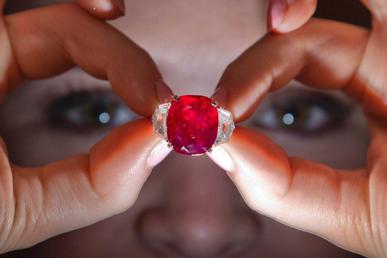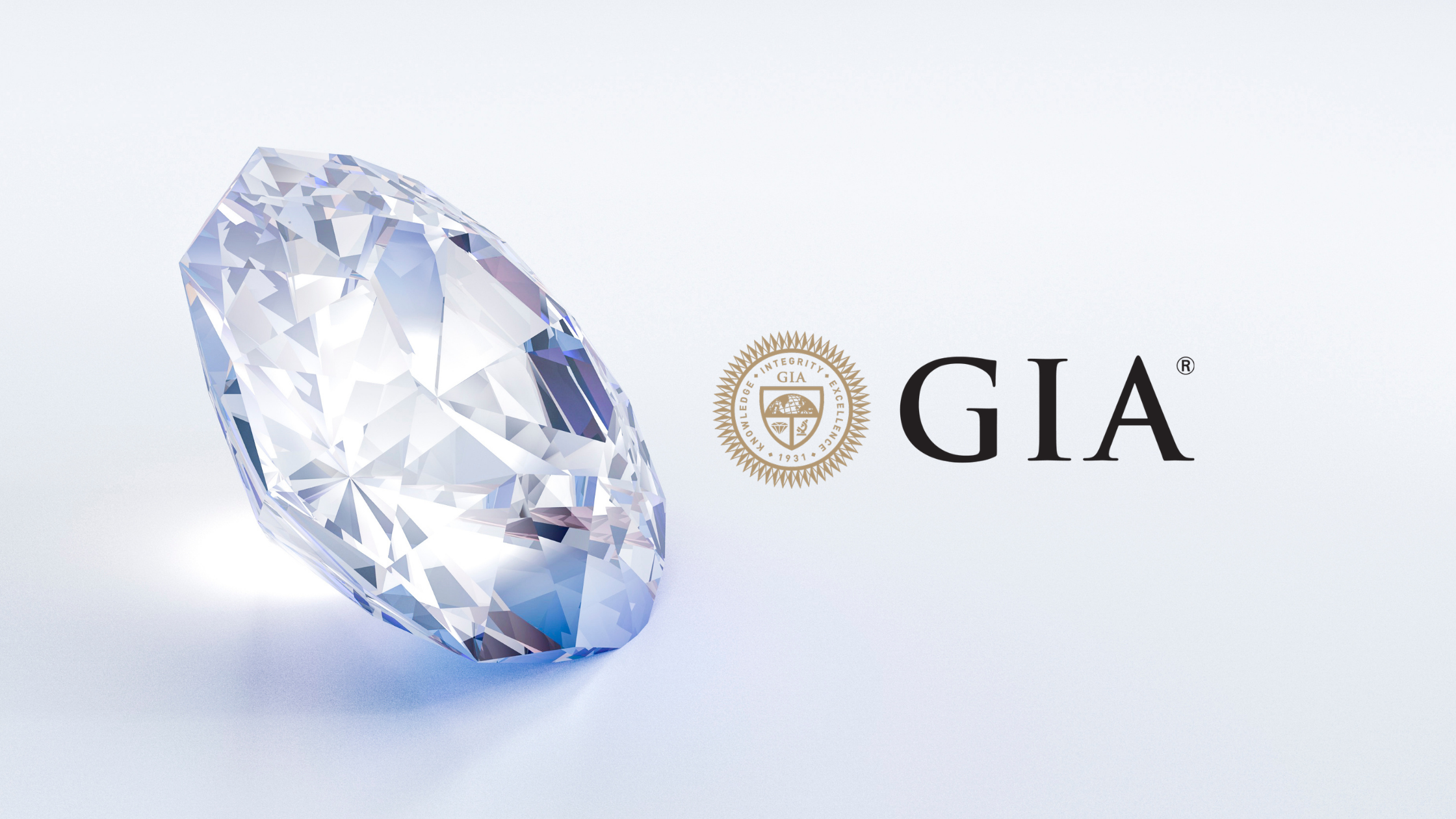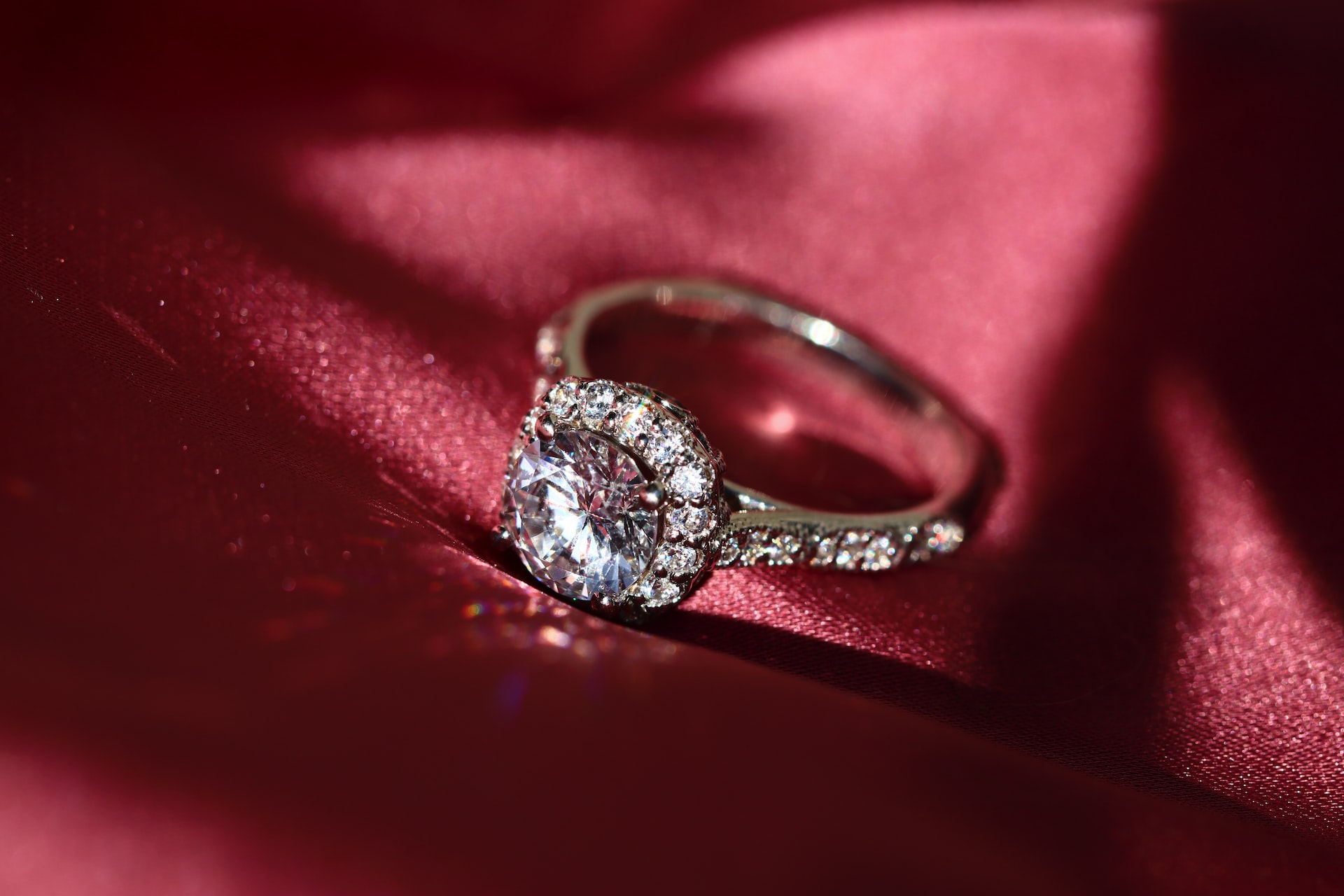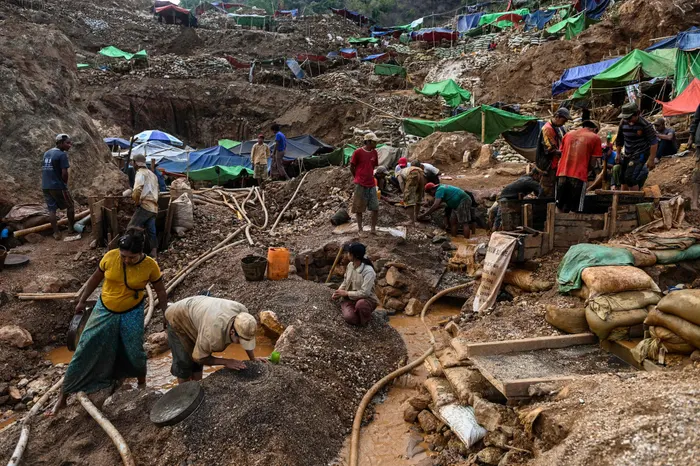Diamonds are known for their extraordinary durability and resistance to heat, making them one of the hardest substances on earth. However, when it comes to the extreme conditions found in the earth’s mantle and volcanic activity, the question arises: can lava melt a diamond? The answer may surprise you. In this article, we’ll explore the science behind a diamond’s resistance to heat and what happens when it’s exposed to the intense temperatures and pressure found in volcanic eruptions. We’ll also look at some real-life examples of diamonds that have been affected by volcanic activity and what this tells us about the limits of diamonds’ durability. So, can lava melt a diamond? Let’s find out.
 What is Lava made up of?
What is Lava made up of?
Lava is a molten rock that is typically found in the Earth’s mantle or in volcanic eruptions. The exact composition of lava can vary depending on the type of volcano, the location of the eruption, and the minerals that are present in the surrounding rock.
In general, lava is made up of a mixture of molten rock, gases, and solid materials. The molten rock in lava is usually a type of magma that is formed from the partial melting of the Earth’s mantle. Magma is made up of a variety of minerals, including silica, aluminum, iron, magnesium, calcium, and potassium. The exact composition of magma can vary depending on the location and type of volcano.
In addition to the molten rock, lava also contains gases such as water vapor, carbon dioxide, sulfur dioxide, and hydrogen sulfide. These gases are often released during volcanic eruptions and can be dangerous to human health if inhaled in large quantities.
Finally, lava can contain solid materials such as ash, pumice, and other volcanic debris. These materials are often ejected from the volcano during an eruption and can be carried by the lava flow, creating hazards for nearby communities and structures.
Is Diamond Resistance to heat and the Science behind it
Diamond is an extremely hard and durable material that is highly resistant to heat. This is because of the way that the carbon atoms are bonded together in a diamond crystal.
In a diamond, each carbon atom is covalently bonded to four neighboring carbon atoms in a tetrahedral arrangement. This creates a very strong, three-dimensional lattice structure that is very difficult to break apart. The bonds between the carbon atoms are very strong and require a lot of energy to break, which makes diamonds highly resistant to heat.
In addition, the lattice structure of a diamond is very stable, even at high temperatures. As the temperature of a diamond increases, the thermal vibrations of the carbon atoms become more pronounced, but the lattice structure remains intact. This is because the strong covalent bonds between the carbon atoms are not affected by the increase in temperature.
However, even though diamonds are highly resistant to heat, they are not completely invincible. At very high temperatures, such as those found in the earth’s mantle or in volcanic eruptions, diamonds can react with oxygen in the air and burn. This process, known as diamond combustion, can cause the diamond to turn into carbon dioxide gas.
What Happens When a Diamond Exposed to Intense Temperatures and Pressure Found in Volcanic Eruptions
When a diamond is exposed to the intense temperatures and pressures found in volcanic eruptions, several things can happen depending on the specific conditions.
The temperatures and pressures found in volcanic eruptions are typically much higher than those found in most other environments on Earth. For example, the temperature of lava can range from 700 to 1,200 degrees Celsius (1,292 to 2,192 degrees Fahrenheit), and the pressure can reach up to 10,000 times the atmospheric pressure.
Under these extreme conditions, diamonds can undergo a process of graphitization, which is when the carbon atoms in the diamond lattice structure rearrange themselves into a different, less stable form of carbon known as graphite. Graphite is much softer and less durable than diamond, so this process can significantly reduce the value of a diamond.
In addition, the intense heat and pressure can cause diamonds to fracture or break apart due to thermal shock or mechanical stress. The surrounding volcanic rock can also melt or partially melt, and the resulting liquid can infiltrate the diamond and cause it to dissolve or be chemically altered.
However, in some cases, diamonds can actually survive volcanic eruptions and be brought to the surface by the eruption. These diamonds are known as “volcanic diamonds” or “kimberlite diamonds”, and they are highly valued for their rarity and unique characteristics.
 Real-Life Examples of Diamonds that have been Affected by Volcanic Activity
Real-Life Examples of Diamonds that have been Affected by Volcanic Activity
There are several real-life examples of diamonds that have been affected by volcanic activity. One of the most famous examples is the diamonds found in the kimberlite pipes of southern Africa.
Kimberlite pipes are vertical structures that formed over 1 billion years ago when volcanic eruptions brought diamonds and other minerals to the surface. These eruptions were extremely violent and created deep craters in the earth’s crust.
Over time, erosion has exposed the kimberlite pipes, and miners have discovered some of the world’s largest and most valuable diamonds in these areas. However, many of these diamonds have been affected by the intense heat and pressure of volcanic activity.
For example, the Cullinan diamond, which is the largest diamond ever discovered, was found in a kimberlite pipe near Pretoria, South Africa, in 1905. The diamond weighed over 3,100 carats in its rough form, and it was later cut into several smaller diamonds, including the Great Star of Africa, which is the largest clear-cut diamond in the world.
Another example is the Argyle pink diamond, which was found in a kimberlite pipe in Western Australia in 1985. The Argyle diamond mine is the world’s largest producer of pink diamonds, and these diamonds are highly valued for their rarity and unique color.
In addition to kimberlite diamonds, there are also diamonds that have been affected by volcanic activity in other ways. For example, in 2014, scientists discovered a rare type of diamond in a volcanic rock in Brazil. These diamonds, which are known as “carbonado” or “black diamonds,” are believed to have formed under extreme pressure and temperature conditions, similar to those found in the mantle of the earth or during a massive asteroid impact.
What this tells us about The Limits of Diamond’s Durability
The fact that diamonds can be affected by volcanic activity tells us that there are limits to their durability. Although diamonds are one of the hardest materials on earth and can resist scratching and wear, they are not invincible to the extreme conditions found in volcanic eruptions.
The high temperatures and pressures in volcanic eruptions can cause diamonds to fracture, burn or undergo graphitization, which can significantly reduce their value and durability. In addition, the surrounding volcanic rock can melt and partially dissolve the diamond or chemically alter it, further impacting its value and durability.
This also highlights the fact that while diamonds are highly prized for their durability and value, they are not indestructible. Diamonds can still be affected by natural processes and environmental conditions, and it is important to take proper care of them to ensure their longevity.
Furthermore, the fact that diamonds can survive and be brought to the surface by volcanic activity is a testament to their incredible resilience and rarity. Despite the extreme conditions that they have been subjected to, these diamonds have remained intact and maintained their beauty and value, making them highly sought after by collectors and jewelers.
 So, Can Lava Melt a Diamond?
So, Can Lava Melt a Diamond?
In conclusion, diamonds are one of the most durable and valuable materials on earth, but they are not indestructible. When exposed to the extreme temperatures and pressures found in volcanic eruptions, diamonds can undergo physical and chemical changes that can affect their value and durability.
Despite the risks, diamonds have also been found in the aftermath of volcanic activity, making them rare and valuable specimens. These diamonds have survived the most extreme conditions and have emerged as some of the most sought-after diamonds in the world.
In the end, diamonds remain a symbol of beauty, durability, and rarity, and they will continue to captivate our imagination and inspire us with their unique qualities for generations to come.
Ever wondered whether gems feel temperature? Read it here.
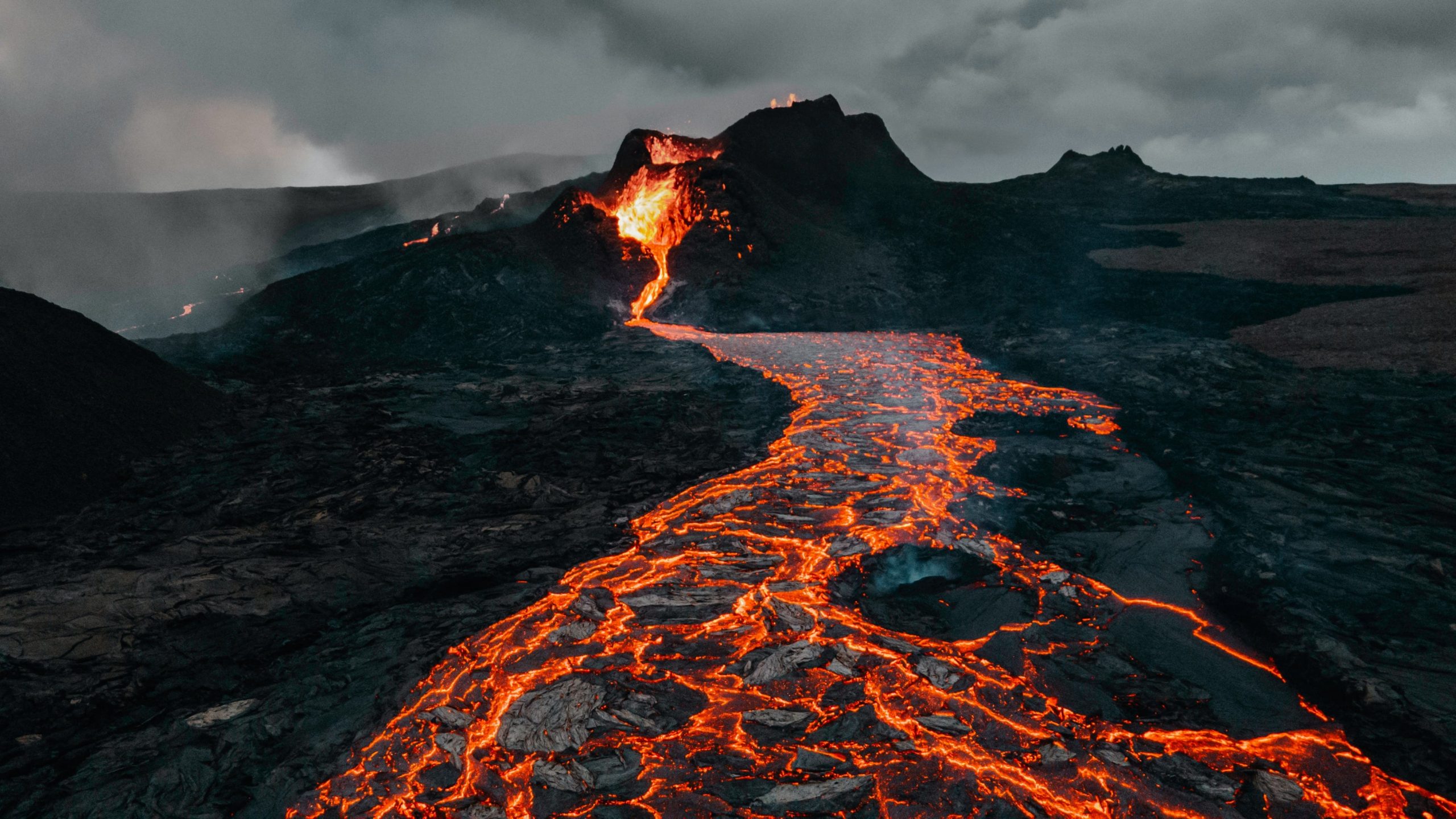
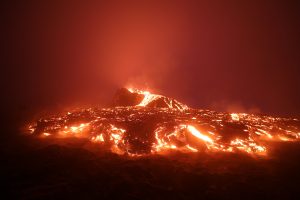
 Real-Life Examples of Diamonds that have been Affected by Volcanic Activity
Real-Life Examples of Diamonds that have been Affected by Volcanic Activity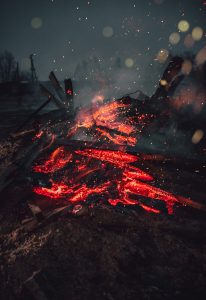 So, Can Lava Melt a Diamond?
So, Can Lava Melt a Diamond?